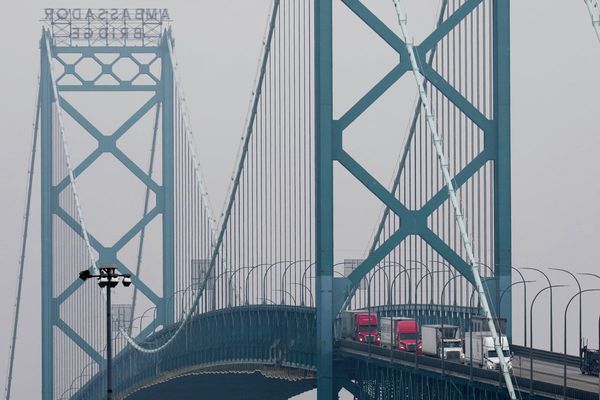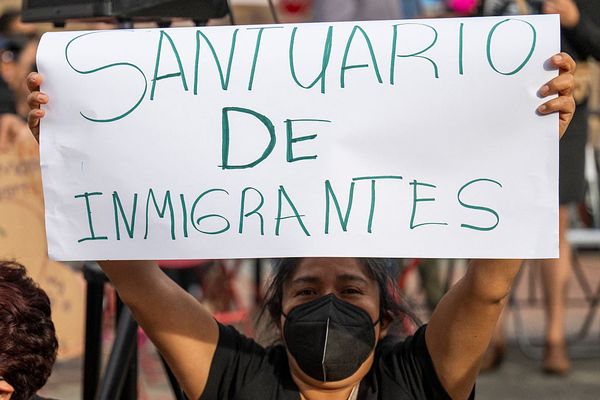In declining to interfere with the order of the Cauvery Water Management Authority (CWMA), directing Karnataka to release 5,000 cubic feet of water per second (cusecs) to Tamil Nadu until September 27, the Supreme Court has rightly chosen to defer to the wisdom of an expert body that is better placed to apportion the available water in a rainfall deficit year. Karnataka had approached the apex court against the order, contending that it was suffering from a shortfall of over 53% in inflows to its reservoirs this year, following a weak south-west monsoon, and was not in a position to release 5,000 cusecs for 15 more days. To its credit, the upper riparian State has been complying with the CWMA’s order amid pressure and protests from some political parties and organisations. Earlier, Tamil Nadu had approached the Court in mid-August to seek directions for water release from Karnataka’s reservoirs so that the quantum stipulated for it for the second half of August and whole of September could be realised. The Court had then sought a report from the CWMA, which has spelt out the extent of the distress this year. The 15-day period for which the current CWMA order is applicable ends on September 27, and the Authority’s assisting body, the Cauvery Water Regulation Committee (CWRC) is scheduled to meet on September 26 to consider the situation afresh. The dispute has surfaced after a few years, once again highlighting the fact that the parties need a regular formula to share the shortfall and distress in years when the monsoon fails.
In years of abundance, there is little difficulty in Karnataka releasing the water in compliance with the final award of the Cauvery Water Disputes Tribunal, as modified by the Supreme Court in 2018. It is well-known that much of this release is the natural downstream flow of water during heavy rainfall from brimming reservoirs. It is only during deficit years that the States involved feel that the Court will pass favourable orders even if the CWMA does not. This kind of yearly adjudication and seasonal litigation should not become the norm. The CWMA should utilise the opportunity to come up with a permanent formula on how to assess deficit in a given year. Even on the manner of assessment of deficit, the two States have divergent views. It is now up to the CWMA and the CWRC in gathering data on rainfall, inflows and storage, to evolve an acceptable formula to apportion the shortfall in an equitable way. It is inevitable that neither State will be satisfied with the quantum of release ordered by the CWMA, but it is at this point that politics should yield to domain expertise.







